A study from 2010 quantifies how much rest tendons need after significant stress ~ 24 hours or more. After exercise, the collagen starts to be rebuilt, but for the first 24 hours it is also degraded. It is only after 24hrs that building outweighs degradation.
Abstract: Tendons are designed to withstand considerable loads. Mechanical loading of tendon tissue results in upregulation of collagen expression and increased synthesis of collagen protein, the extent of which is probably regulated by the strain experienced by the resident fibroblasts (tenocytes). This increase in collagen formation peaks around 24 h after exercise and remains elevated for about 3 days. The degradation of collagen proteins also rises after exercise, but seems to peak earlier than the synthesis. Despite the ability of tendons to adapt to loading, repetitive use often results in injuries, such as tendinopathy, which is characterized by pain during activity, localized tenderness upon palpation, swelling and impaired performance. Tendon histological changes include reduced numbers and rounding of fibroblasts, increased content of proteoglycans, glycosaminoglycans and water, hypervascularization and disorganized collagen fibrils. At the molecular level, the levels of messenger RNA for type I and III collagens, proteoglycans, angiogenic factors, stress and regenerative proteins and proteolytic enzymes are increased. Tendon microrupture and material fatigue have been suggested as possible injury mechanisms, thus implying that one or more 'weak links' are present in the structure. Understanding how tendon tissue adapts to mechanical loading will help to unravel the pathogenesis of tendinopathy.
Magnusson SP, Langberg H, Kjaer M. The pathogenesis of tendinopathy: balancing the response to loading. Nat Rev Rheumatol. 2010;6(5):262-268. doi:10.1038/nrrheum.2010.43
Link
